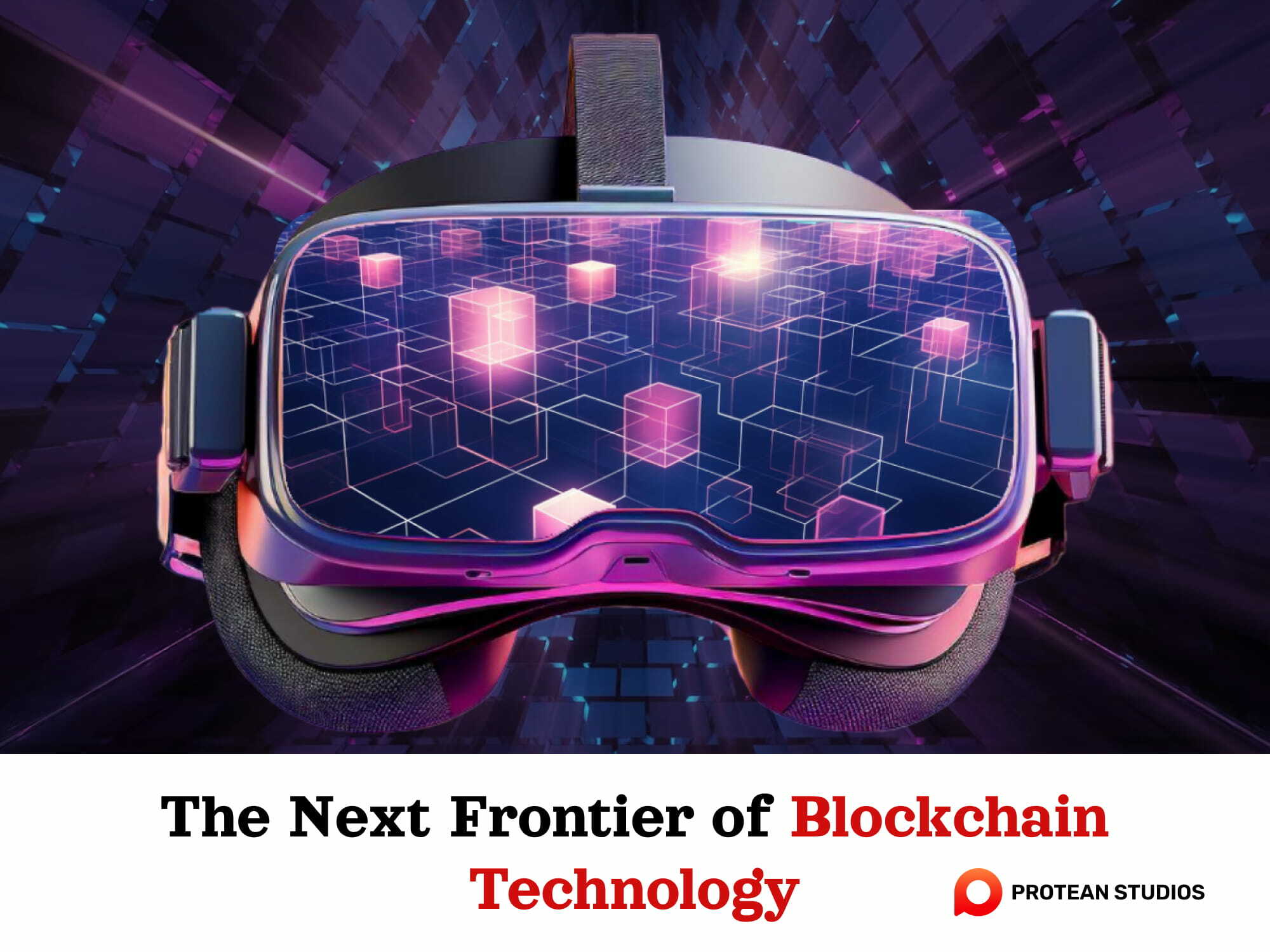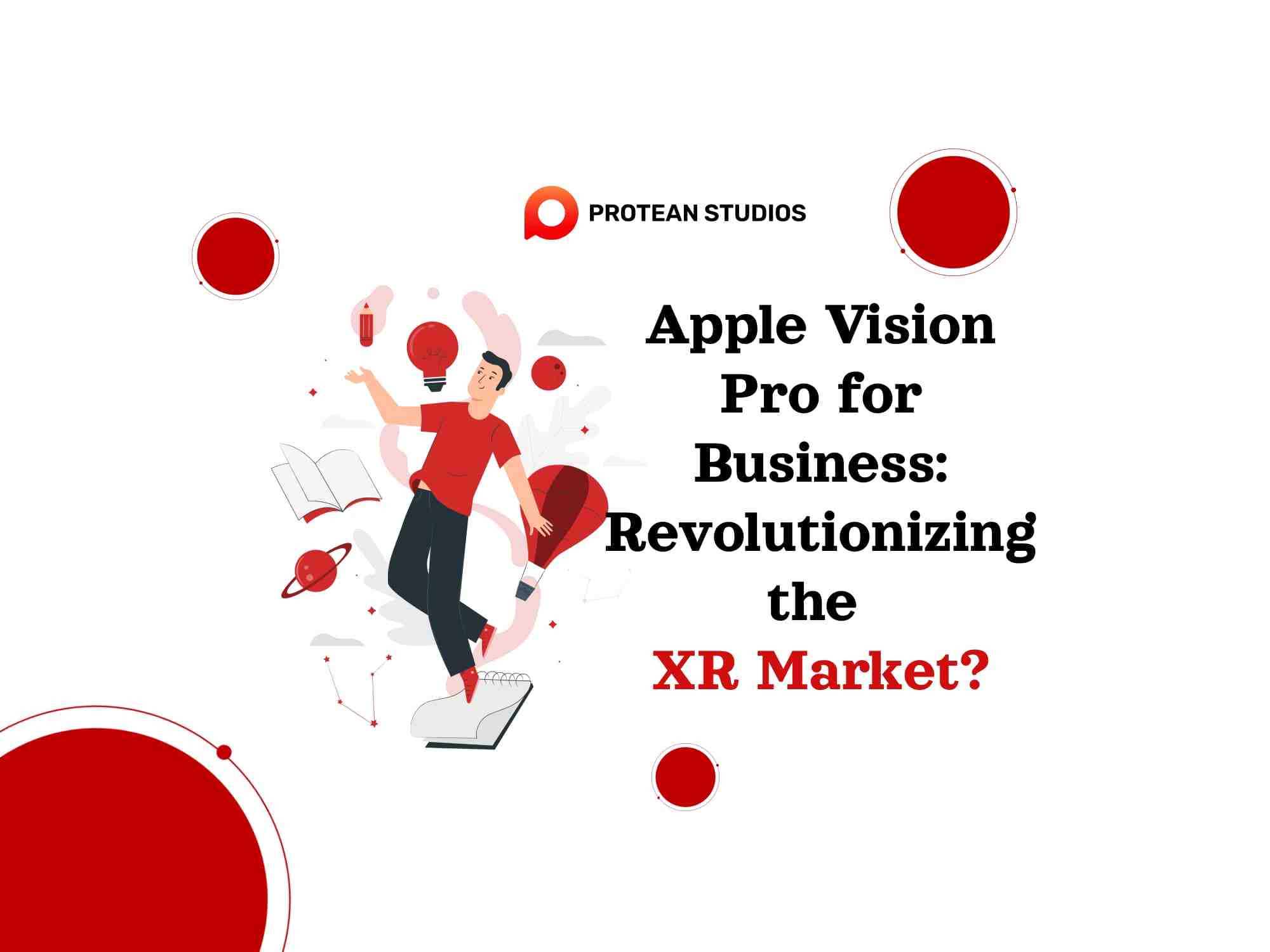The advertising landscape is undergoing a revolutionary transformation, driven by the immersive potential of augmented reality (AR) and virtual reality (VR). These cutting-edge technologies are redefining how brands connect with consumers, offering unprecedented opportunities for engagement, storytelling, and product experiences.
As we delve into this exploration, we will uncover how AR and VR are reshaping traditional advertising models, creating new avenues for brand differentiation, and driving consumer loyalty. From interactive product demonstrations to immersive brand experiences, the possibilities are endless.
Join us as we unlock the full potential of AR and VR and discover how these technologies are set to revolutionize the future of advertising.
Understanding AR in advertising
Virtual reality (VR) and augmented reality (AR) are becoming popular tools in digital marketing for creating immersive and engaging experiences.
VR provides an immersive digital experience using a headset, often used in gaming. Users can move and interact in a virtual environment.
AR adds digital elements to the real world through a smartphone camera or glasses, enhancing the physical environment with interactive experiences.
Recent advancements have made VR and AR more accessible and affordable, revolutionizing digital marketing by offering new ways to create memorable experiences, drive engagement, and boost conversions.
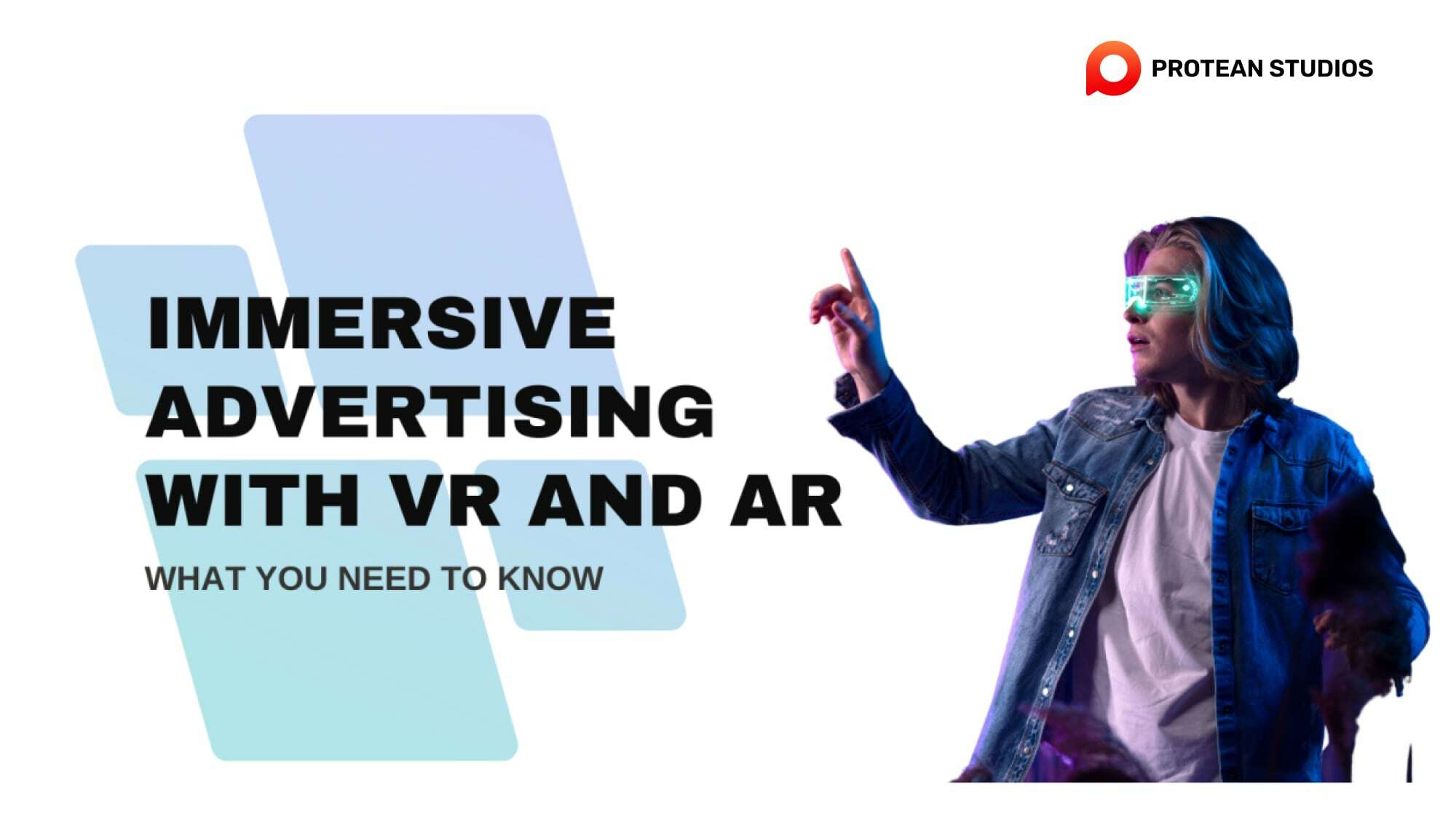
Read more: Grasping Virtual Reality And Augmented Reality
Advantages of Implementing AR Advertising for Brands
Augmented reality (AR) advertising offers a plethora of benefits for brands looking to enhance their marketing strategies and connect with consumers on a deeper level. Here are some key advantages:
1. Enhanced Customer Engagement
Interactive experiences: AR allows consumers to interact with products or brands, creating a more engaging and memorable experience.
Personalized content: AR delivers tailored content based on individual preferences, increasing relevance and impact.
Gamification: Incorporating game elements into AR advertising can drive user participation and loyalty.
2. Improved Brand Awareness
Visual storytelling: AR can bring brand stories to life in a captivating way, leaving a lasting impression.
Shareability: Engaging AR experiences are more likely to be shared on social media, expanding brand reach.
Differentiation: AR advertising helps brands stand out from competitors by offering unique and innovative experiences.
3. Increased Product Discovery
Virtual try-ons: AR enables consumers to try products before purchasing, reducing return rates and increasing satisfaction.
Product demonstrations: AR can showcase product features and benefits in a clear and compelling manner.
Visual search: AR-powered visual search allows consumers to discover products based on real-world objects.
4. Measurable ROI
Data analytics: AR advertising provides valuable insights into consumer behavior, preferences, and engagement metrics.
Performance optimization: Data-driven insights are used to refine campaigns and maximize ROI.
Attribution modeling: AR advertising helps attribute sales and conversions to specific campaigns.
Exploring VR in advertising
Virtual reality (VR) is transforming the advertising landscape, offering brands an unprecedented opportunity to create immersive and unforgettable experiences. By transporting consumers into new worlds, VR advertising can forge deep emotional connections and drive brand loyalty.
Advantages of VR Advertising
Immersive Experiences: VR allows brands to create engaging and interactive environments where consumers can immerse themselves in the brand's world.
Enhanced Brand Storytelling: VR enables brands to tell compelling stories in a stunning and resonant way.
Deeper Consumer Connection: By creating shared experiences, VR advertising can foster a stronger connection between the brand and its audience.
Product Demonstrations: VR offers a unique platform to showcase products in action, allowing consumers to experience their benefits firsthand.
Measurable Impact: VR advertising can provide valuable data on consumer behavior, preferences, and engagement metrics.
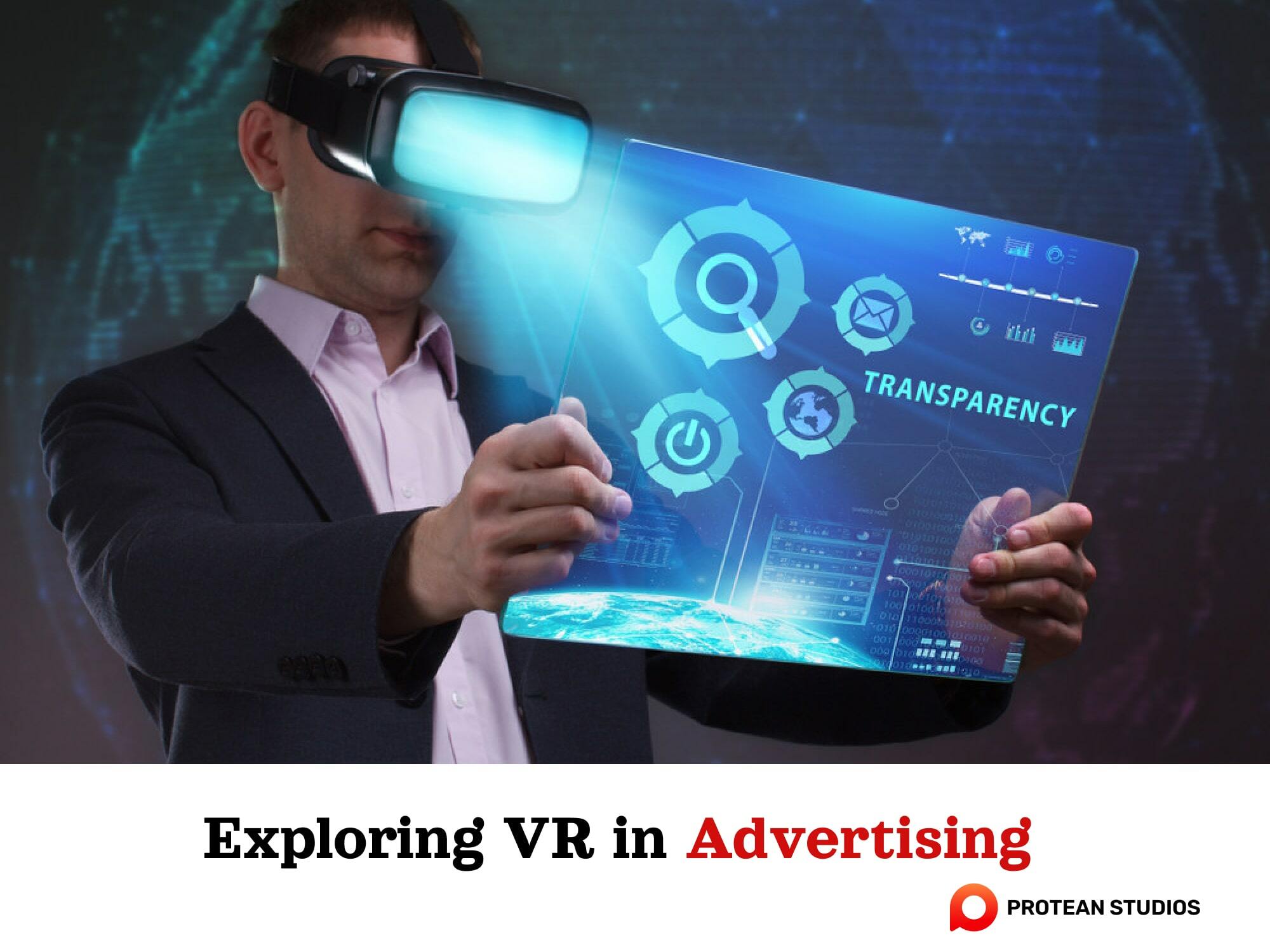
Challenges and Considerations
Cost: Developing high-quality VR experiences can be expensive, requiring significant investments in technology and content creation.
Accessibility: VR technology is still new, and not everyone has access to the necessary equipment.
User Experience: Creating compelling and enjoyable VR experiences requires careful planning and design to avoid motion sickness or discomfort.
Top Tips for Crafting Impactful VR and AR Ads
Virtual reality (VR) and augmented reality (AR) are transforming the advertising landscape, offering immersive experiences that captivate audiences and create memorable brand interactions. As we delve into the world of VR and AR advertising, it's crucial to understand how to leverage these technologies.
Here are some top tips for crafting impactful VR and AR ads that can resonate with your audience and elevate your brand.
1. Start with a clear goal
Before diving into the creative process, define what you want to achieve with your VR or AR ad. Whether it's increasing brand awareness, promoting a new product, or providing an interactive experience, having a clear goal will guide your strategy and design choices.
2. Understand Your Audience
Tailor your VR or AR experiences to their preferences, behaviors, and tech- savvy. This ensures that your ad is not only engaging but also accessible to those you aim to reach.
Read more: VR Vs. AR: Predicting Future Success
3. Create immersive storytelling
Use VR and AR to tell stories that transport users to another world or enhance their current one. Craft narratives that are not only appealing but also engaging, encouraging users to form a deeper connection with your brand.
4. Focus on Interactivity
Interactivity is at the heart of VR and AR. Design ads that invite users to take part in exploring, and influence the experience. This active engagement can lead to a stronger impact and longer-lasting impressions.
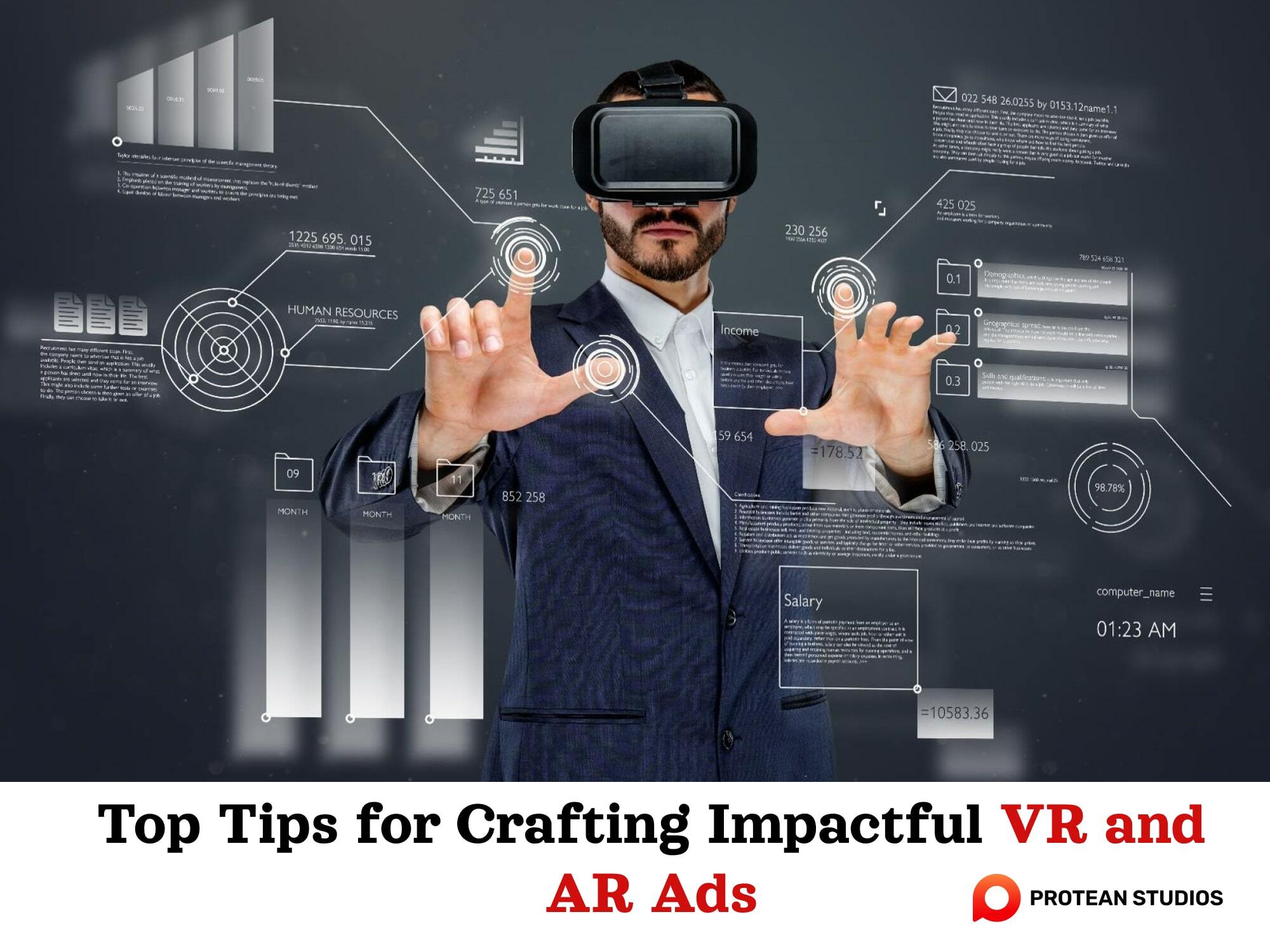
5. Ensure high-quality content.
With the novelty of VR and AR, there's a temptation to focus on technology over content. Yet, high-quality, well-thought-out content is what will make your ad stand out and resonate with viewers.
6. Keep user comfort in mind
It's important to design your ads with user comfort in mind, avoiding elements that may cause discomfort or disorientation.
7. Optimize for Various Platforms
VR and AR ads can be experienced on various devices, from headsets to smartphones. Ensure your ad is optimized for different platforms to reach a wider audience.
8. Test and iterate
Like any other form of advertising, VR and AR ads should be tested with real users. Gather feedback and be prepared to iterate on your design to improve the user experience.
9. Keep Up with technological advancements
The fields of VR and AR are evolving. Stay informed about the latest technological advancements to keep your ads innovative and ahead of the curve.
10. Measure Performance
Establish metrics to check the success of your VR and AR ads. Analyze the data to understand user behavior and the effectiveness of your ad in achieving its objectives.
By following these tips, you can create VR and AR ads that are not only stunning and engaging but also effective in achieving your marketing goals.



